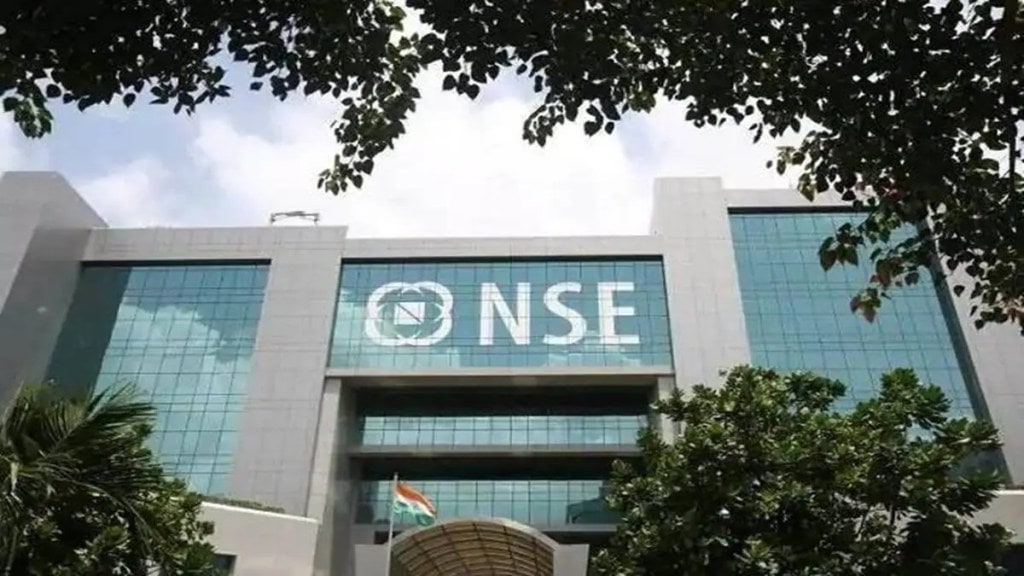Softening of commodity prices, FPI flows, benign interest rates and rising consumer demand are some positives for Indian equities, says Tejas Khoday, co-founder and CEO of FYERS. In an interview with Ashley Coutinho, he says valuations for the Nifty are not overly expensive and could nudge investors to opt for equities. Edited excerpts:
What is your outlook for Indian equities in FY24?
The Indian equities started on a positive note in FY24. Since April, dissipating inflation, peaking of the interest rate hike cycle (6.5%), record GST collections (Rs 1.87 trillion) and robust FPI inflows (Rs 19,000 crore) have resulted in a 5.4% return on the Nifty.
Softening commodity prices, FPI flows, benign interest rates and rising consumer demand are some positives. Poor monsoon and rural income growth, supply chain uncertainties, capex implementation and a slowdown in exports due to geopolitical tensions could be some of the negatives that could impact corporate profits. Government spending on projects could be a key trigger, with FY24 being a year of elections across states, culminating in the general elections in May 2024.
What is your take on valuations?
The Nifty PE ratio currently stands at 21.8, a tad above the median of 20.6, and is not overly expensive. For FY24, the Nifty EPS could grow by 15-17%, implying a forward valuation of 18.5 times, a reasonable valuation, nudging investors to opt for equities. Valuation metrics of a few sectors are on the higher side after the sharp rise in stock prices. Banking and financials, auto ancillary, hotels and hospitality, capital goods and infrastructure-oriented sectors have performed well on the back of the earnings growth and are richly valued.
Amply supported by large order books and investment-led demand from the government and the private sector, domestic companies in the capital goods, engineering and infrastructure space continue to find favour. A correction in stock prices of these companies can be an opportunity to invest in and hold for a longer term, as the current capex cycle could continue for three years or more.
Even after a 30% fall from the peak for the Nifty IT index, value is yet to emerge as poor earnings growth and rising interest rates dented their valuations. Pharma is another sector which has underperformed substantially after Covid and is now showing signs of revival, especially in the mid and smallcap space. With a two-three-year horizon, these two sectors could emerge as the value proposition for investment at the current juncture.
What are the key trends in the broking industry?
The broking industry witnessed a correction in the number of active clients because of the country-wide transition to work from home during and after the Covid. Trading activity dissipated as the markets went into a bear phase. Most brokers lost users during the year despite a lot of marketing efforts. It’s a sign that people are returning to their old habits and livelihoods in droves as they probably find trading more complicated than they had initially conceived. This is a common phenomenon after a market correction. The vast majority of retail traders trade options and the level of awareness has improved a lot.
The regulator has taken a number of steps to ensure that the client money is not misused by brokers. How will this impact brokers?
Sebi regulations will benefit brokers in the long run. Ever since the running account settlement rules came in, float income was hit hard because idle funds had to be refunded every 30/90 days. This was further impacted by the current rules on compulsory quarterly settlements. While FDs will continue to be accepted as collateral, they don’t contribute much to mid-sized and big brokers’ top lines. Brokerage rates should go up as the cost of doing business has risen substantially due to wages, inflation and technology expenses. Remember that this doesn’t account for liability risks inherent in the business model.
Which are the areas that require regulatory changes?
More transparency about platform outages and stability is the need of the hour. Currently, brokers can lure traders with low fees and claim the highest uptime and platform stability. However, the lack of transparency in this area causes many to choose the wrong broker and eventually pay a huge price if the platform doesn’t live up to the expectations. Every platform is exposed to downtime due to the way the whole system is built, but more data around brokers’ track records in handling glitches and outages will help people make more informed decisions.
Could you tell us about your revenue mix and areas of growth?
At the moment, we earn revenues when our clients trade. So, we are totally invested in making our platform better. We are confident it will continue since we cater to a more active trading audience. We may diversify into other areas, such as PMS. It’s a natural transition for us because we often get requests from our HNI customers to manage their money. So far, we haven’t, but we are inclined to explore the asset management path.
What are your plans for this year?
This year, we’re building some exciting stuff for traders with Web 2.0, which will be a major upgrade from our current web trading platform. Besides that, we’re going to introduce some useful features on options strategies, a portal for investing in government securities. Our focus on NRIs is steady. We now offer brokerage at Rs 50 per order, making us the most competitive in the industry. We strongly feel that NRIs are a neglected audience and we have made it our aim to help them participate in India in the most seamless manner.

